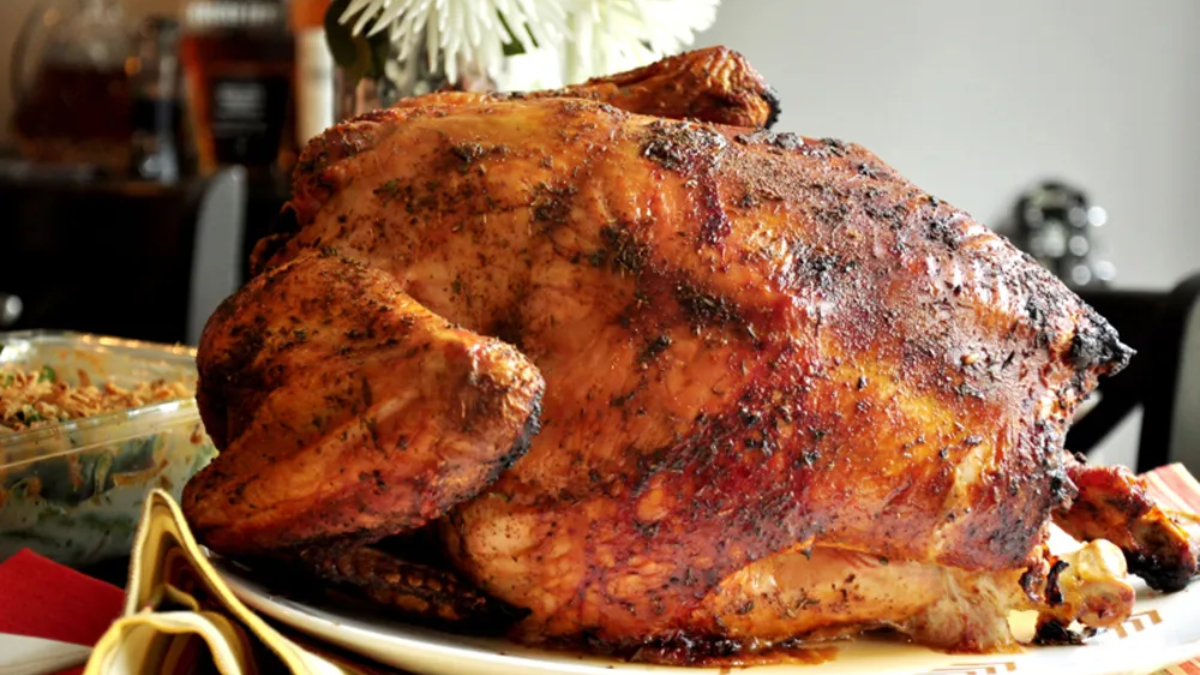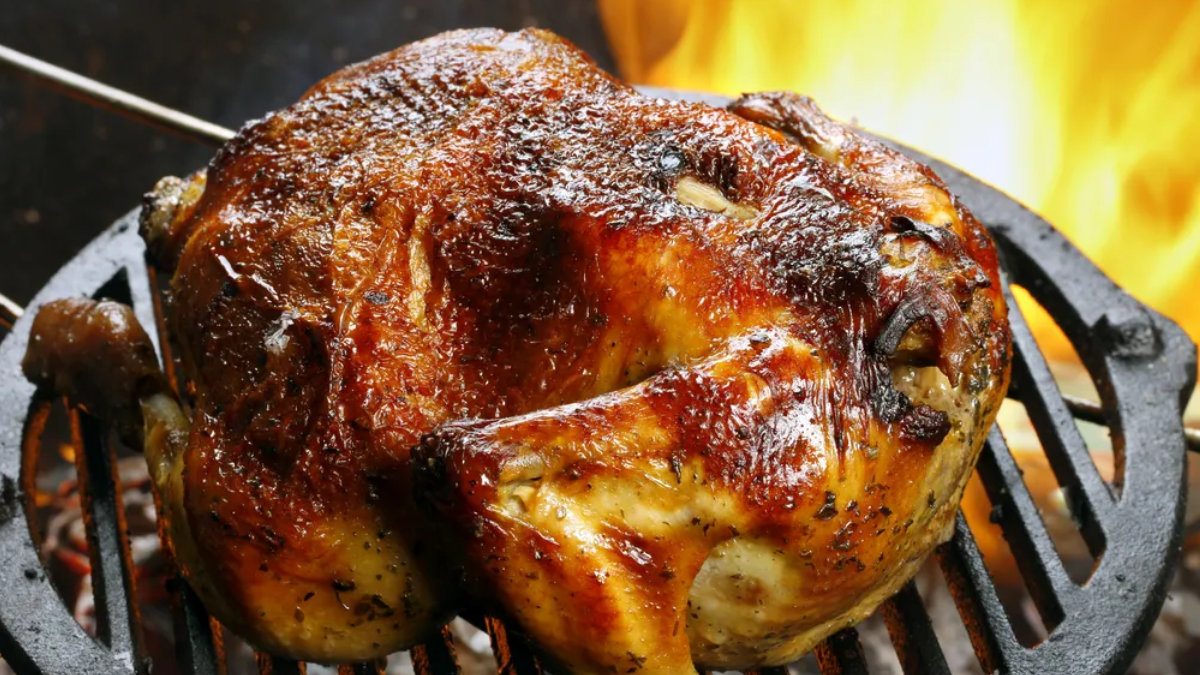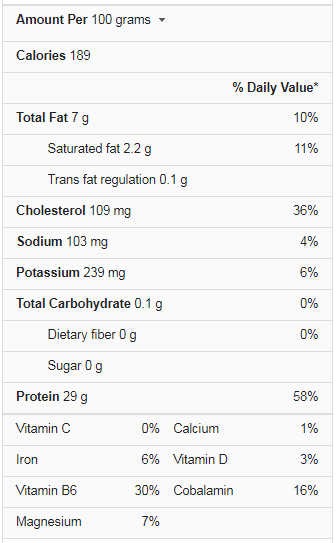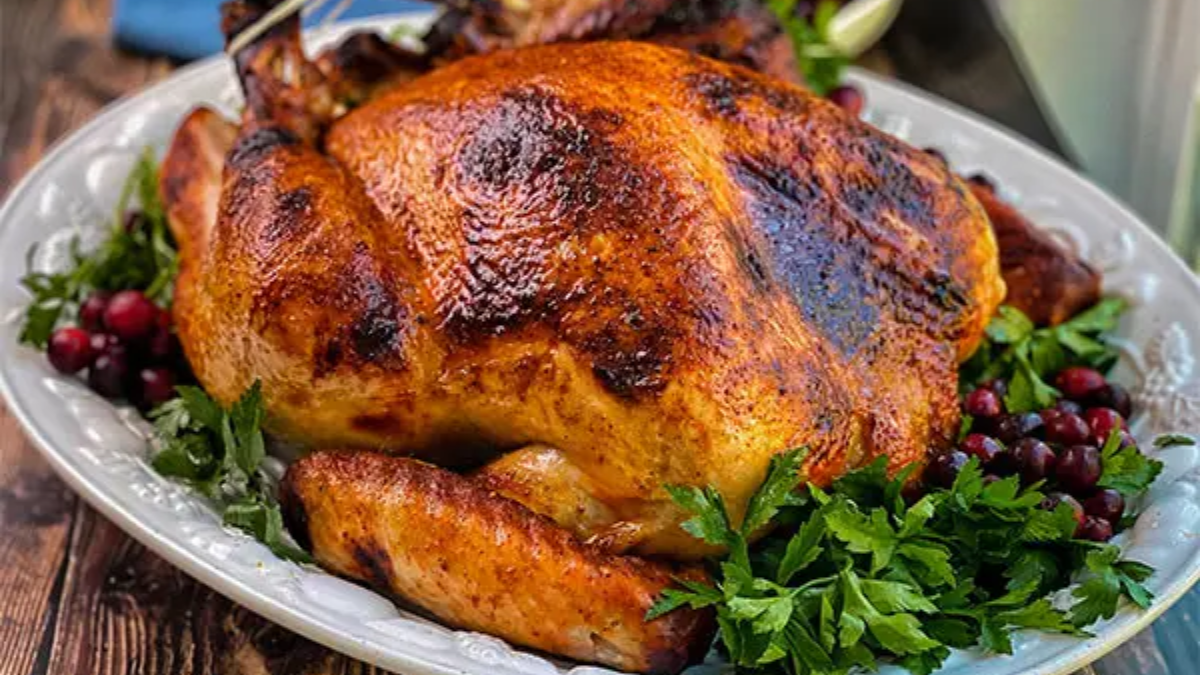If you have a grill, you’ve probably grilled steaks, hamburgers, hot dogs, and possibly even pork chops or kabobs. It’s quite typical, and all grilling food is excellent, but have you ever wondered how to grill a turkey on your barbecue? Or perhaps you’ve needed an additional oven on those significant holidays to accommodate that amazing pecan ham or pumpkin pie. It’s a great method to please everyone and free up the oven to grill a turkey. Also, grilling a whole turkey on Thanksgiving enables you to escape the frantic crowd if you need an excuse to go outside and check on the bird.
Grilling is a terrific, healthy technique to prepare meat and poultry. Studies have demonstrated that grilling keeps specific nutrients like thiamine and riboflavin throughout the cooking process and calls for using less fat than other, more conventional preparation techniques. To be more exact, grilling your turkey will allow you to use the space in your oven for other delectable side dishes. In addition, grilling can reduce cooking time by up to 45 minutes compared to conventional oven roasting techniques, depending on the size of your turkey.
Turkey Nutrition Facts
Grilling
The grilling process involves applying dry heat to the food’s surface, usually from the top, bottom, or side. Grilling is frequently used to prepare meat and vegetables quickly and typically uses a substantial amount of direct, radiant heat. Cast iron frying pans or grill pans are used for cooking food that is to be grilled on a grill (an open wire grid, such as a gridiron, with a heat source above or below) (similar to a frying pan, but with raised ridges to mimic the wires of an open grill).
When utilizing a grill, thermal radiation accounts for most of the heat transfer to the meal, and heat is transferred through direct conduction when utilizing a grill pan or skillet. In the US, grilling is referred to as broiling when the heat source is from above. In this instance, heat transfer occurs through thermal radiation, and the pan holding the food is known as a broiler pan.
Grilling over direct heat can subject food to temperatures frequently exceeding 260 °C (500 °F). The Maillard reaction, a chemical mechanism, gives grilled meat its distinct roast aroma and flavor. Foods only undergo the Maillard reaction when heated over 155 °C (310 °F).
How to Grill a Whole Turkey?
Here is the best grilled whole turkey recipe:
Ingredients
- 1 (12-15 lbs) whole turkey, thoroughly thawed
- Three tablespoons of brown sugar
- Two tablespoons of smoked paprika
- One tablespoon of kosher salt
- Two teaspoons of ground cumin
- Two teaspoons of dried oregano
- Two teaspoons of dried sage
- Two teaspoons of dry mustard
- One teaspoon of dried thyme
- One teaspoon of dried cilantro
Steps to Follow
- Remove and discard giblets and neck from turkey. Trim excess fat and rinse the turkey with cold water. Pat dry with paper towels.
- Gently separate skin from the breast and drumsticks by inserting your fingers and slowly pushing between the skin and the meat. Be careful not to break the skin. Place turkey on a big plate.
- Combine all spices and herbs in a small bowl. Rub seasoning mixture over the turkey as well as under the skin. Cover turkey loosely with foil; refrigerate overnight.
- When ready to cook, preheat the grill to 375°F.
- Place the marinated turkey directly on the grill and close the cap. Grill for 2.5 hours undisturbed or until the meat thermometer registers 180°F. Serve with your favorite stuffing and cranberry sauce.
How to Keep Turkey from Drying Out?
By cooking your turkey for too long or at a high temperature, as with any cooking technique, you risk drying it out. Here are five fast suggestions for grilling a wet turkey.
- Marinade or Brine: A good marinade or brine bath is a great way to introduce flavor and add moisture to a grilled turkey. For best results, let your turkey soak, once fully thawed, in your brine or marinade for at least 24 hours.
- Baste: Basting can also be a great way to keep a turkey moist while grilling. Since the drippings of a turkey may be difficult to access or salvage on a grill, make an extra 1-2 cups of marinade and use it to baste your bird every 30 minutes or so while it cooks.
- Add Fat: Upon removing your turkey from its brine bath or marinade and patting it dry, add a slathering of butter, olive oil or even mayonnaise to the outside of your turkey and even under the skin. This extra layer of fat protects and insulates the turkey meat from hot spots in your grill that may cause parts of your turkey to cook faster than you want them to.
- Flip the Bird: No, put that finger down. We don’t mean “flipping the bird” in that context (unless, of course, you do end up drying out your turkey). Start with your bird breast side down and then flip halfway through cooking to ensure the delicate white meat of your turkey gets cooked through but is shielded from the higher heat of the grill for the last half of cooking.
- Let It Rest: We know everyone is hungry, and your turkey smells delicious, but resist the urge to cut into your bird when it’s hot off the grill. Instead, tent the turkey loosely with foil and let it rest on a carving board for 15-20 minutes before carving it. This will allow the juices to redistribute evenly through the turkey rather than leak out immediately upon carving. This is the most common step (and turkey mistake) we see skipped.
How to Carve a Turkey?
Here is an overview of how to carve a turkey:
- Carve away the legs. Pulling the leg gently away from the turkey’s body, use a sharp knife or electric carving blade to separate the legs (drumstick and thigh) from the bird at the joint that connects the thigh to the body.
- Separate the drumstick and thighs. Cut into the joint, attaching the drumstick to the thigh and divide into two portions. At this point, you can either leave the drumsticks and thighs whole or carve the meat off the bone. Your choice.
- Remove the breast meat. Use a knife to carve down the bird’s center along one side of the breast bone from head to tail. Then gently slide your knife under the meat and carve under the breast meat along the rib cage. Finally, separate the breast meat from the bird by carving along the bottom of the breast (near the wing joints) and carefully lifting the breast meat off the body. Repeat on the other side.
- Slice the breast meat. Using a sharp knife or electric carving blade, cut each breast into 1/4-inch thick slices and arrange them on a platter.
- Remove the wings. Locate the wing joints and carefully cut them into them as you pull the wings away from the turkey’s body.
- Extra meat. Finally, you may either save the carcass with any remaining meat intact and use it to make turkey broth or stock. You can also use a knife to carve off any leftover tidbits you may have missed from your first go-round with the knife.
What to Serve with Whole Turkey?
Although turkey is a typical Thanksgiving dish, you don’t have to make it exclusively on this day. The fact that turkey is a delectable dish that goes well with various side dishes means that you may cook and serve it whenever you like.
- Roasted Vegetables
- Cranberry Spinach Salad
- Green Beans And Goat Cheese Salad
- Sauteed Brussels Sprouts
- Roasted Garlic Mashed Potatoes
- Baby Carrots With Dill
- Sauteed Zucchini
- Arugula Salad
- Kohlrabi And Cabbage Salad With Maple Lemon Dressing
- Avocado, Carrots, And Orange Salad
Thanksgiving, special celebrations, family gatherings, and parties all use turkey as a staple dish. But to enhance the flavor of the turkey and make it taste even better, other side dishes are also offered.
In addition to potatoes, carrots, brussels sprouts, kale, green beans, butternut squash, sweet potatoes, maize, turnips, radishes, parsnips, cauliflower, asparagus, celery, beets, and spinach, the turkey goes nicely with a variety of other vegetables.
How Long does Leftover Turkey Last?
According to Dr. Abigail Snyder, an assistant professor in Cornell University’s department of food science, any leftover turkey you keep will lose quality over time. Although cooked turkey can be stored in the freezer almost indefinitely because freezing stops microbial growth, she adds that “other slower changes to quality, like freezer burn, can eventually render leftovers unacceptable.” She adds that even at that point, the turkey is still safe to consume, but the meat quality would make us not want to.
Turkey does not keep as long when kept in the fridge. According to Dr. Snyder, there is no set period during which leftover turkey will keep well in the freezer or refrigerator. She suggests using the USDA FoodKeeper app for the best advice; according to the tool, cooked turkey that has been refrigerated or frozen should be consumed within four days of freezing for the greatest quality.
Storage
Turkey leftovers should be placed in airtight containers for the best storage, whether in the fridge or freezer. It’s also crucial to keep in mind to eat the food promptly. Dr. Snyder adds that having a plan for when and how to use leftovers is possibly the best thing individuals can do to decrease food waste. “You should put them in the freezer if you anticipate not eating them for a few days. Writing the date leftovers were produced on the container and utilizing airtight containers are two other acceptable storing techniques.”
Conclusion
While the process is similar to a smoked turkey, grilling a turkey imparts a more conventional roast turkey flavour because it doesn’t call for flavoured wood chips. It’s a lot of fun to grill a turkey because it requires little effort other than a few bastings.
A few basic seasoning items and roughly 10 minutes of prep time are needed. Refrigerate after cutting the turkey into smaller pieces. Slice the breast flesh; leave the legs and wings whole. Eat the turkey within 3 to 4 days or freeze it. Keep it refrigerated. For optimal quality, use frozen turkey within two to six months.



